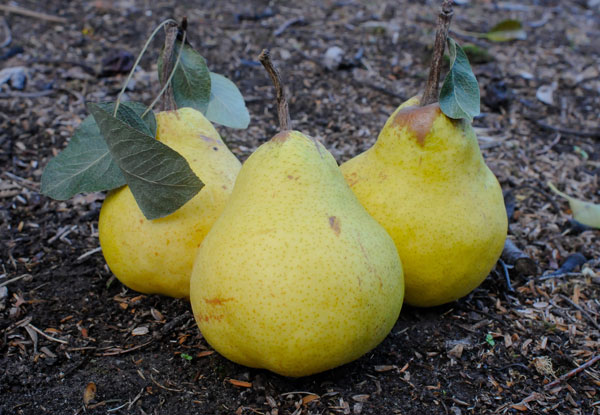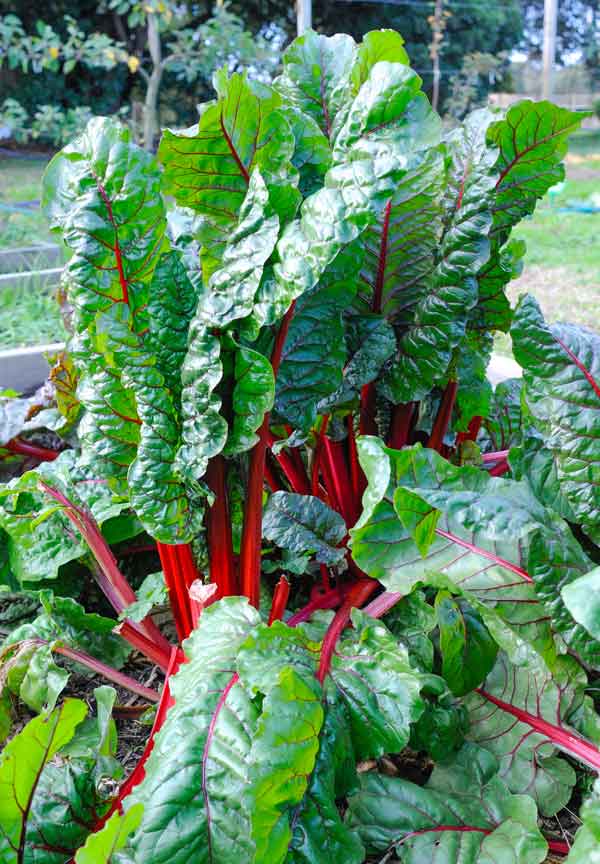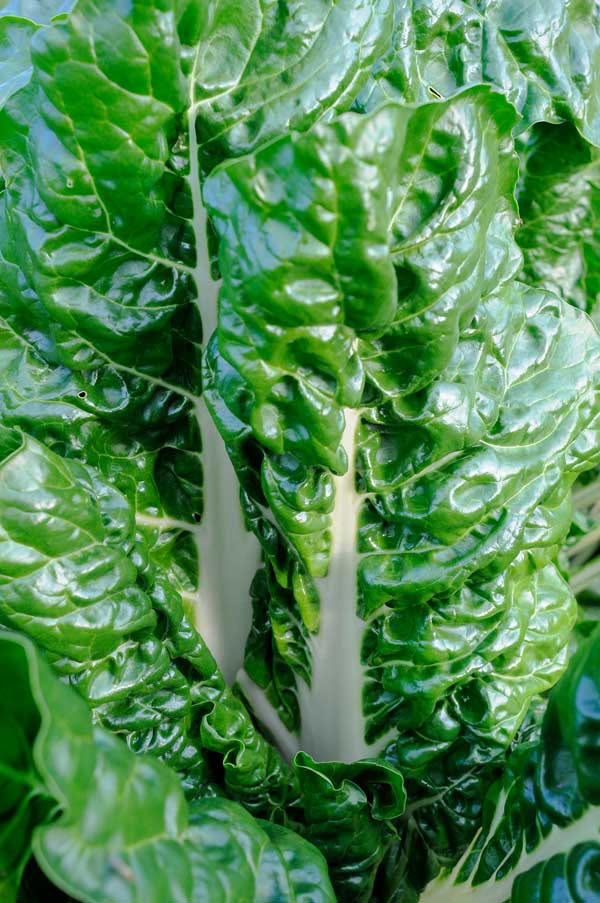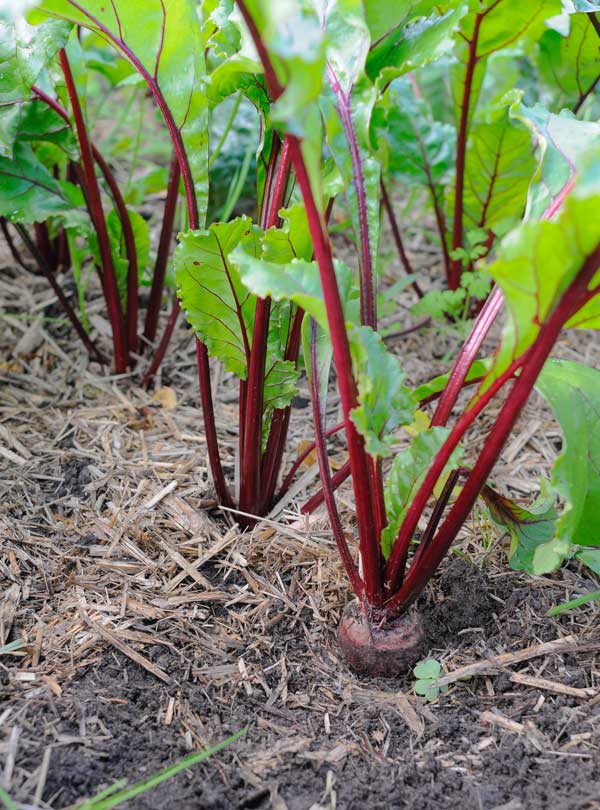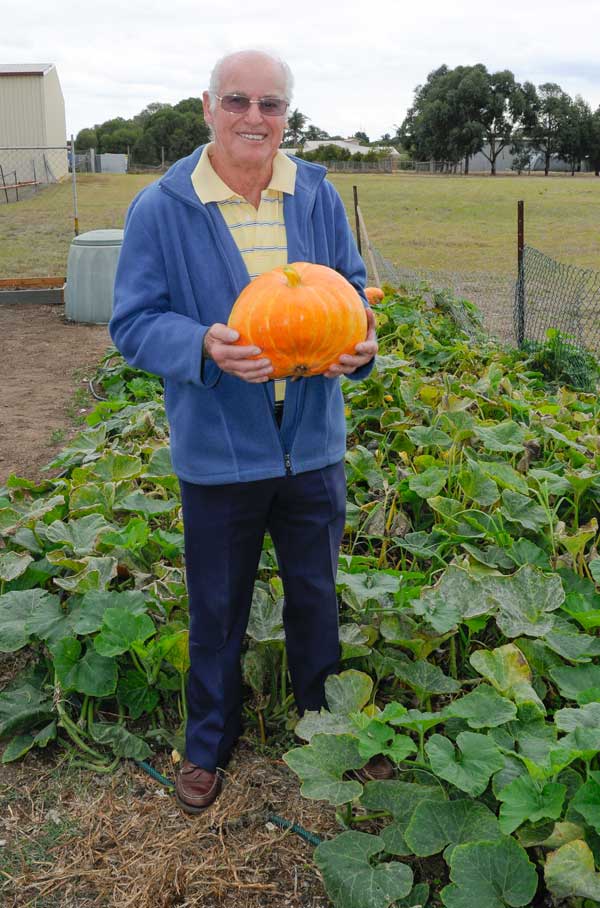
Words and pictures: Greg Wane
WINTER in Geelong and its coastal regions is mild compared to other areas.
Few frosts and an absence of snow mean the region’s soil remains relatively warm winter.
So gardeners have no reason to pack away gardening gloves and hoses to retreat inside for three months – a great selection of edible crops can be planted and eaten right through the winter months.
In fact, gardening in Geelong’s mild, temperate winter climate is invigorating.
Garden beds need to be prepared during June and July for spring plantings.
Dig them over and add generous amounts of horse manure – generations of gardeners have used the stuff.
Back before the motor car, horse dung was in abundance and plenty is still around. Keep an eye out along the rural roads of the Bellarine Peninsula and Surf Coast where many properties sell manure for as little as $2 for a big bag.
Chicken poo is a little more expensive but is considered a super manure.
Be careful using it fresh, though, because it can burn plants and seedlings.
If preparing beds weeks in advance, it’s fine to dig it straight into the soil to be well-composted by planting time.
Another enjoyable task in winter is visiting nurseries to select from the many bare-rooted fruits for sale.
Regardless of how big or small your backyard or block, large, small and dwarf varieties available.
Again, plan where to plant the trees and prepare the planting holes several weeks in advance with lots of compost and well-rotted manure.
Broad bean seeds can be planted during June to be ready for harvest in late August.
Broadies are a flavoursome and ideal for steaming or vegetable soups.
As a legume, broad beans add nitrogen naturally to soil.
Silver beet is a good pick-and-come-again plant.
High in iron, the colourful variety called chard is ideal steamed or in quiches.
Brassicas can go in during winter for spring harvest. This genus includes cabbage, cauliflower, brusell sprouts and any of the exotic Asian greens.
Carrot seeds can be planted at the start of winter. They can be thinned and used as small finger-sized vegetables and the rest of the crop left in to grow on to regular size.
Nothing matches the scent of freshly picked carrots.
Beetroot grows fast but can be picked small or left to grow larger.
Peas also smell delightful and taste even better when home-grown, although many plants are needed for a full saucepan.
Seed potatoes are available locally, with the wide selection ranging from the elongated kipflers to red-skinned, white-flesh varieties.
Gardeners should always strive to grow vegetables and fruit without the use of chemicals. A wide selection of fertilizers and growing aids approved for organic gardening are now available.
Compost and manures should be used in vegetable beds and under fruit trees.
Healthy plants better resist disease.


